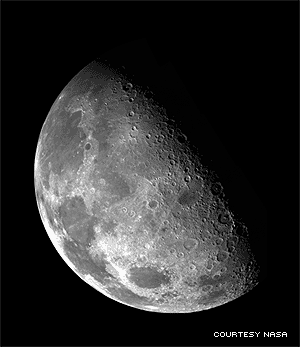3-in-1 Alternative Energy Car DIY STEM Kit
$19.99$14.95
 The transition from day to night is caused by the spinning of the Earth about its axis. We experience day when we are on the half of the Earth facing the Sun, and night once we have been spun around to the other side.
The transition from day to night is caused by the spinning of the Earth about its axis. We experience day when we are on the half of the Earth facing the Sun, and night once we have been spun around to the other side.
 'An expert is someone who knows some of the worst mistakes that can be made in his subject and how to avoid them.'
'An expert is someone who knows some of the worst mistakes that can be made in his subject and how to avoid them.'